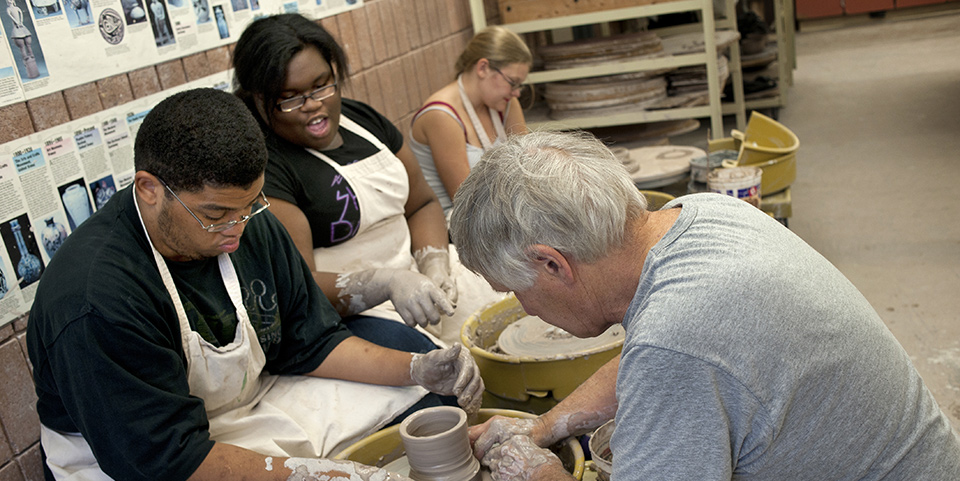Stereotype Threat
Culture Blog
September 6, 2015
Expectations are powerful. They have the power to inspire us to achieve the impossible, as well as the power to undermine the faith we carry about ourselves and cripple us. Expectations come in various forms, from various people, whether they are intentional or not. A particular form of expectation that we will discuss is the expectations called Stereotype Threat.
Stereotype threat is a set of negative, or low expectations that burdens people into conforming to those standards based on some sort of bias. And these biases can come from racial stereotypes, gender role expectations, etc.
An example of this could be three students’ mathematic performance in middle school. If one of those students was Asian and there was a stereotype where Asians excel in mathematics, the student would be held to a higher standard. Often this higher expectation does encourage the student to hit those standards or else feel as though they have failed, and fallen below their potential. Although this can be viewed as a positive, high expectations can be detrimental if everyone is not held to the same standard. If the second student was Caucasian and that race was stereotyped to be average in mathematics, that student might be motivated to hit an average standard, but would see his/her ability to rank among his/her Asian peer as impossible. Having hit the minimum, the student is likely to be more content with their performance despite their potential to perform better. An even more harmful example is if the last student was Hispanic and the Hispanic race were to be held to a below-average standard. This example is very similar to the results found in a study by Steele and Aronson (1995) where they showed that the performance of Black college freshmen and sophomores were tied closely to their race’s performance expectation. Those whose expectations weren’t biased by racial differences performed equally with their peers, where as those who were held to a lower standard because of their racial bias did indeed meet those standards.
However, stereotype threat is a concept that affects many areas of life beyond the most common racial examples. In the book, Freakonomics, Stephen Dubner and Steven Levitt discuss how the success of many professional hockey players in Canada is tied to their little league expectations. Canadian children who play hockey from an early age are divided based on the year of their birth. As a result, those who were born in the first three months were bigger and more developed than other children who were born almost a year later in November and December. The players born earlier in the year would usually get more playing time and coaching because they were “big for their age.” These students would be held to a higher expectation because of their size. And gradually, with coaching, added playing time, and higher expectations, these children grew up to develop their ability and skills at an accelerated rate than the children who were deemed a “bit small.” And by the time they all reached maturity and their sizes became comparable, the children born earlier in the year became far more developed in skill than their counterparts. Dubner and Levitt showcase the effects of this difference in standard by listing all the NHL hockey players born in Cananda. As a group, their birthdays all skew generally to the earlier part of the year.
All these examples of stereotype threat are a form of expectation and “The Self-Fulling Prophecy” theory. After numerous studies and examples, it is hard to refute the profound effect expectations can have on anyone, but especially children. Bill Strickland has long understood the burdens of stereotype threat and his non-profit, Manchester Bidwell Co., is a great example of how we can battle stereotype threat and its consequences. Manchester Bidwell Co. offers an after-school program that includes art-classes, tutoring services, and job-preparedness programs in one of the roughest areas in Pittsburgh. To recreate the supportive, un-biased nature of his pottery mentor, Strickland has created an environment where every student is trusted and held to high standard of kindness, passion, and morality. Despite many participant’s poor academic background or criminal history, the program has an excellent success rate of sending students to college or getting displaced adults jobs in new industries. Strickland as well as his non-profit has received multiple awards and grants that include the MacArthur Fellowship and several honors from the White House.


